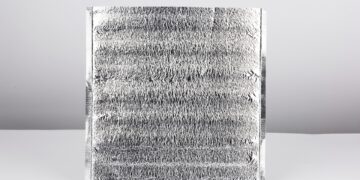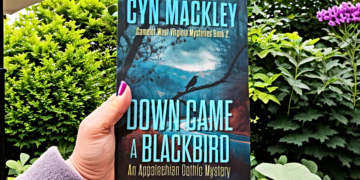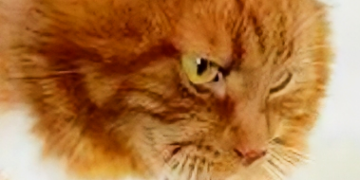First, Murder Hornet. Now Puss Caterpillar
Some caterpillars, like the deceptively-named puss caterpillar, possess a dangerous edge. In fact, nature is full of wild-looking caterpillars that can kill you, or at the very least seriously ruin your hike. These are the most poisonous creatures to have ever been found in nature.
Most people have not heard of the Puss caterpillar but, they may have even seen one. They live in every state between Texas and Maryland. The very last thing you want to do is to pick one up.
How poisonous is a puss caterpillar?
When a puss moth caterpillar rubs or is pressed against a person’s skin, its venomous hairs are embedded, usually causing severe burning and a rash. The pain usually subsides in about an hour. Occasionally, the reaction is more severe, causing swelling, nausea, and difficulty breathing.
What does a puss caterpillar look like?
The puss caterpillar got its name because it resembles a cuddly house cat, said University of Florida entomologist Don Hall. While these insects may look soft, their outer combs hide small, extremely toxic spines that stick in your skin.
What do puss caterpillars eat?
As herbivores, they mainly eat leaves from trees such as poplar, sallow, and willow. Their diet, means they are most likely to be found in habitats such as woodland, park areas, or even in your back garden.
Symptoms of puss caterpillar contact may include:
- Immediate, intense pain that often comes in waves.
- A swelling, itching rash of red blotches, and raised ridges.
- Restlessness and anxiety.
- Nausea and vomiting.
- Fever.
- Muscle cramps.
- Swollen glands.
- Symptoms of shock.
If you come into contact with a puss caterpillar, remove the broken-off spines by using cellophane tape or a commercial facial peel, and call your doctor.




























































































